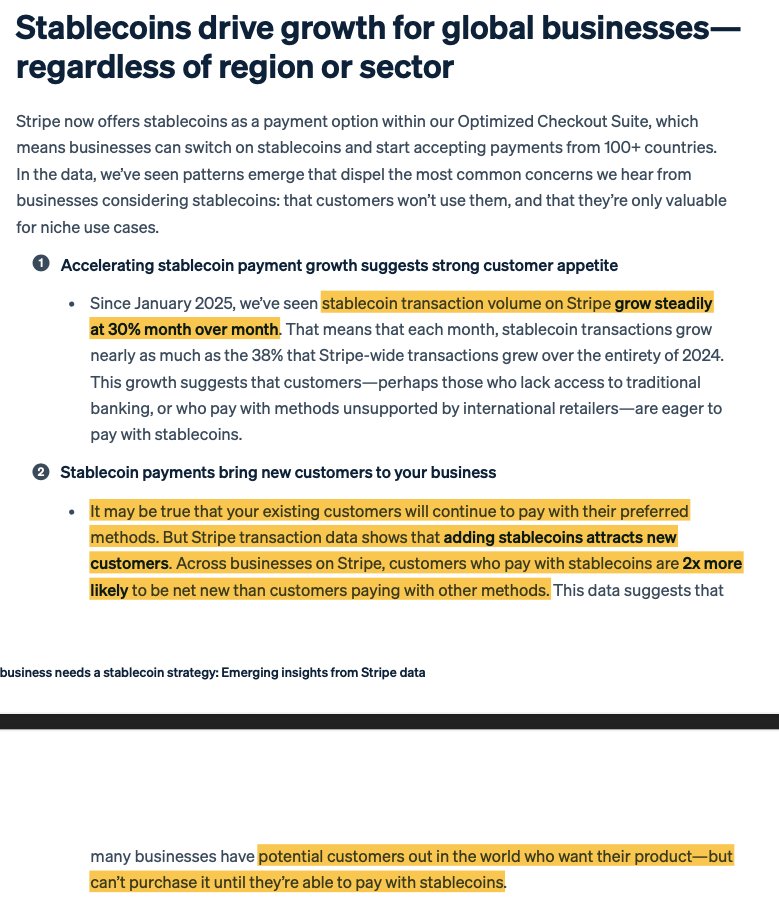Remittance is evolving. And the biggest revenue line at stake is FX.
As consumer wallet adoption grows, one remittance trend I'm seeing is to just send dollars directly.
Traditionally, US remitters send dollars, the service converts, and recipients are paid in local currency. After covering bills, many want to hold the rest in something stable, i.e. the dollar.
With stablecoins, you can just send dollars. Recipients decide when to convert, off-ramping as needed.
Benefits:
• Flexibility: convert at your leisure, you're in control
• Stability: USD as store of value
• Utility: can be used for US-denominated online services
This flips the model. Remittance is no longer fiat-to-fiat. It is value transfer. FX shifts downstream, often into consumer apps.
That means billions in FX spread revenue could move from remittance firms to wallets and neobanks.
In Argentina, businesses already keep treasury in stablecoins and convert to pesos only when required. Individuals are likely to follow as off-ramps mature.
The implications are big: capital flows, control, and who captures FX economics.
Are you seeing this shift where you operate?
As consumer wallet adoption grows, one remittance trend I'm seeing is to just send dollars directly.
Traditionally, US remitters send dollars, the service converts, and recipients are paid in local currency. After covering bills, many want to hold the rest in something stable, i.e. the dollar.
With stablecoins, you can just send dollars. Recipients decide when to convert, off-ramping as needed.
Benefits:
• Flexibility: convert at your leisure, you're in control
• Stability: USD as store of value
• Utility: can be used for US-denominated online services
This flips the model. Remittance is no longer fiat-to-fiat. It is value transfer. FX shifts downstream, often into consumer apps.
That means billions in FX spread revenue could move from remittance firms to wallets and neobanks.
In Argentina, businesses already keep treasury in stablecoins and convert to pesos only when required. Individuals are likely to follow as off-ramps mature.
The implications are big: capital flows, control, and who captures FX economics.
Are you seeing this shift where you operate?
Like this:
It's the Fat Wallet thesis but applied to remittances.
Wallet apps control the flow and can partner with offramps as needed.
Defi trading fees makes up the majority of revenue for crypto wallets today.
FX could be similar for consumer neobanks
It's the Fat Wallet thesis but applied to remittances.
Wallet apps control the flow and can partner with offramps as needed.
Defi trading fees makes up the majority of revenue for crypto wallets today.
FX could be similar for consumer neobanks

• • •
Missing some Tweet in this thread? You can try to
force a refresh





